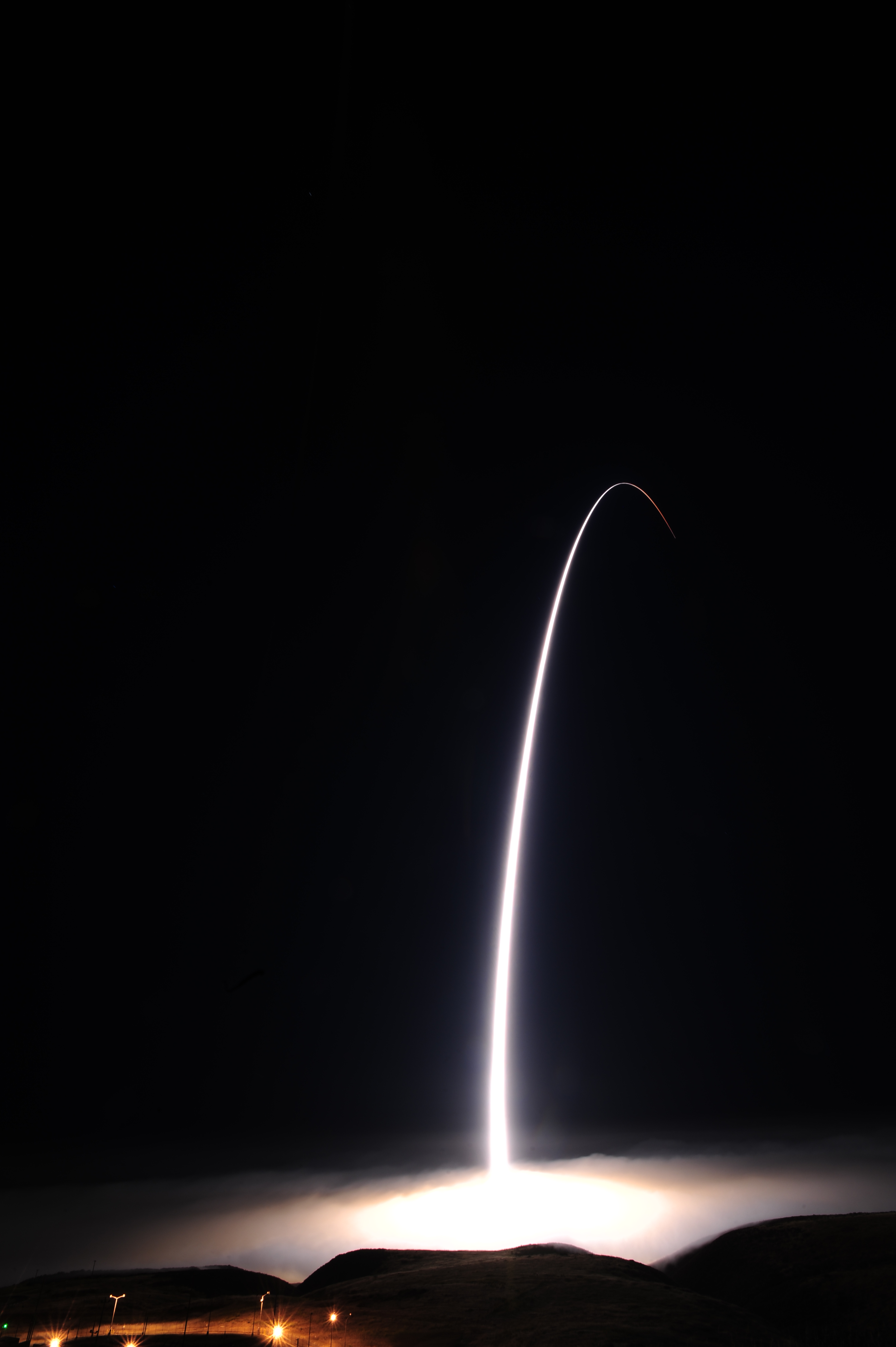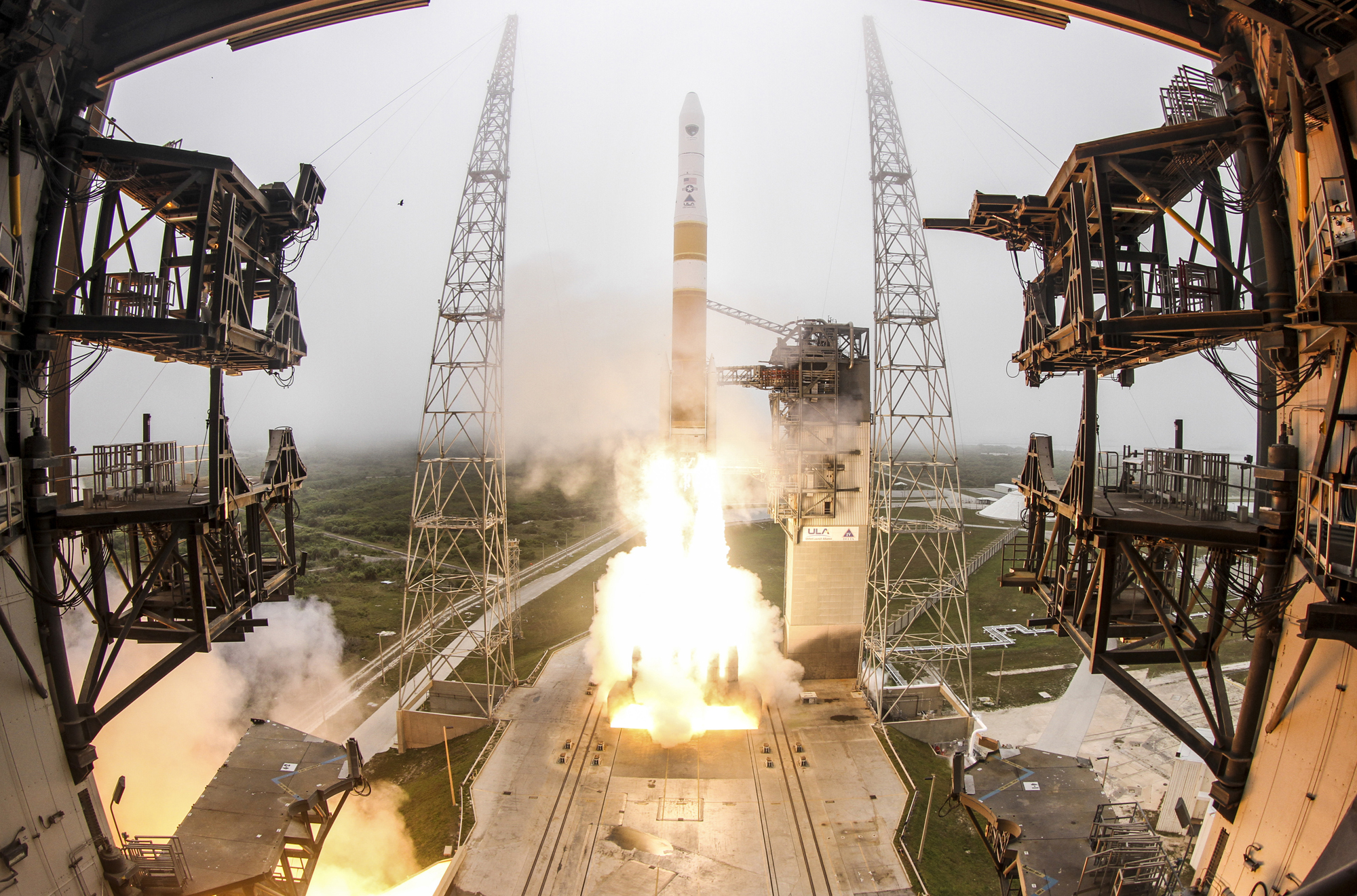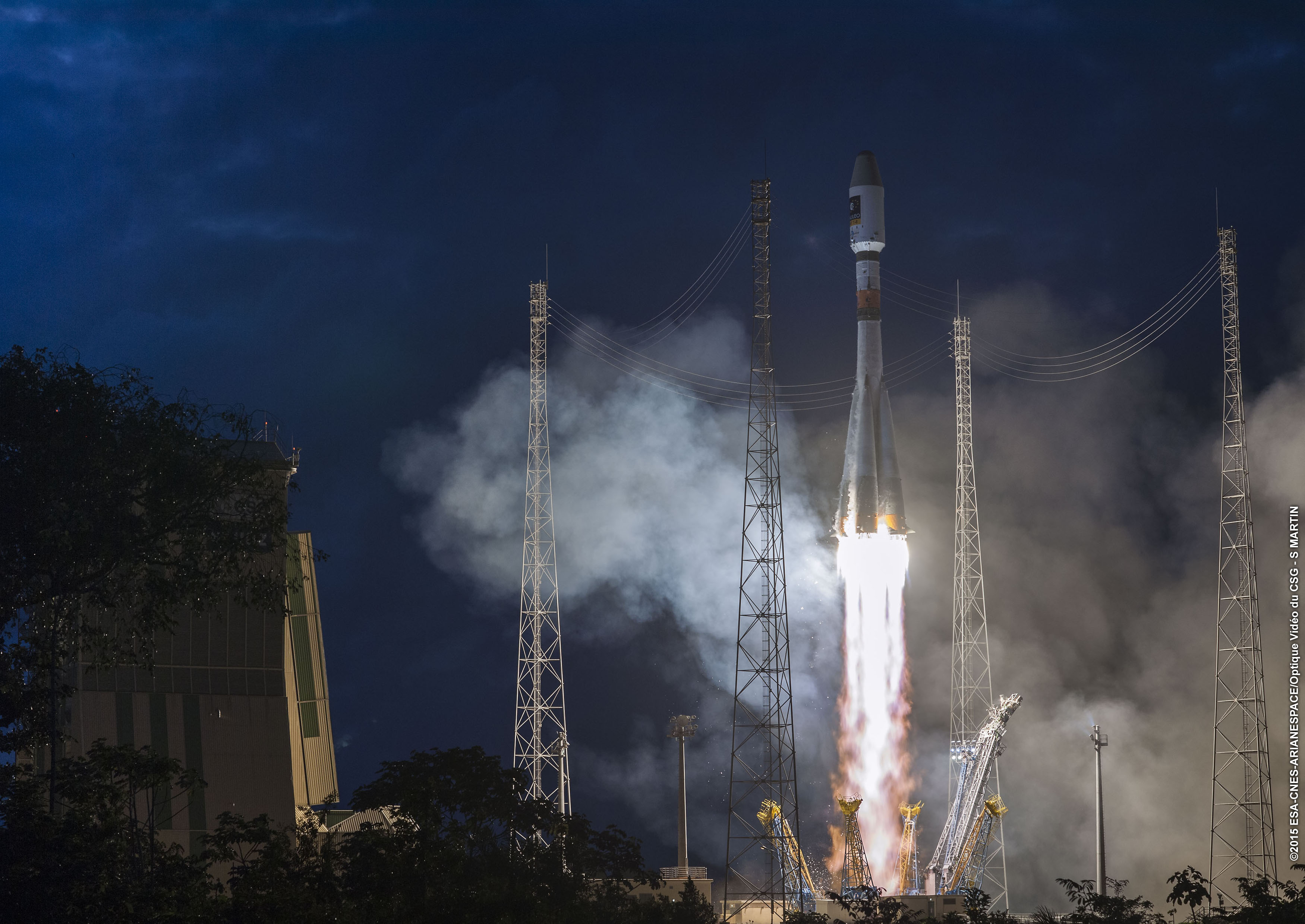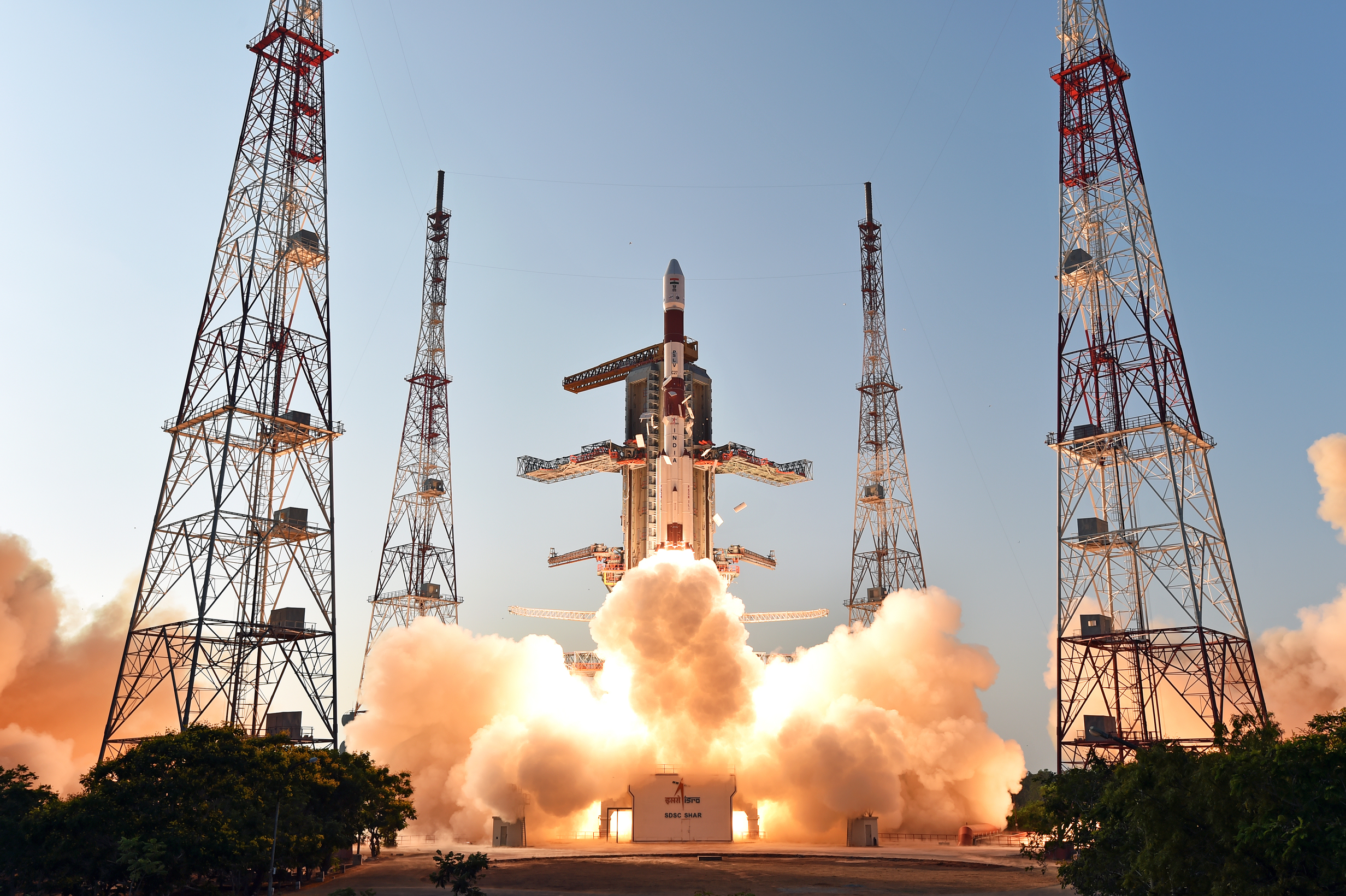Wow! 8 Rocket Missions Launched in 6 Days Last Week
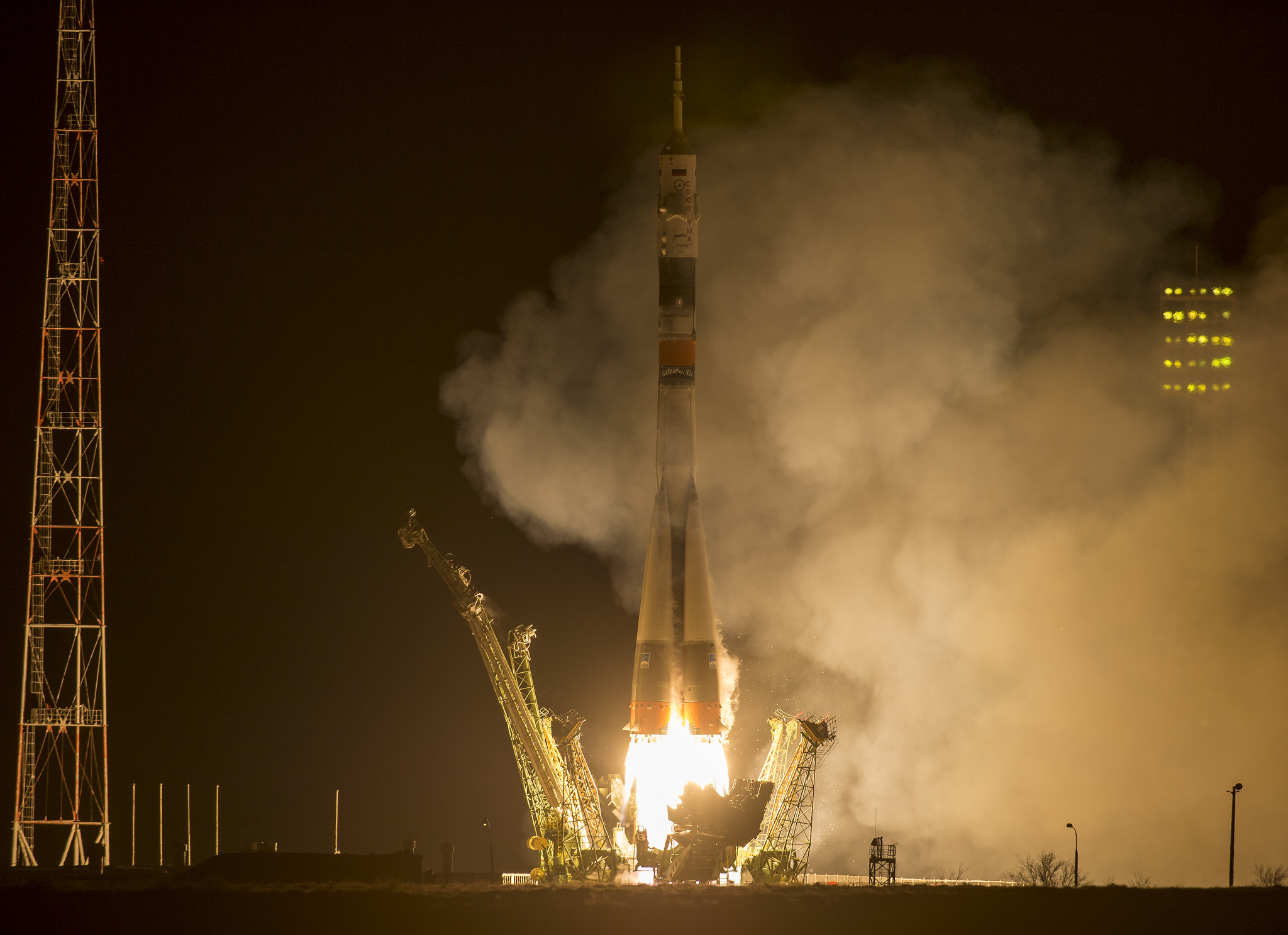
Spacefaring nations greeted the arrival of the Northern Hemisphere spring with a pretty impressive fireworks display last week.
Countries including the United States, Russia, Japan and India combined to launch eight space missions in a six-day span last week, beginning just a few days after winter relinquished its grip on the land with the spring equinox on March 20.
Here's a brief rundown of all the spaceflight action, which ranged from suborbital missile tests to the liftoff of the first-ever yearlong mission to the International Space Station. [See photos of the 1-year mission]
Missile tests: March 23 and March 27
The United States Air Force conducted tests of its Minuteman III intercontinental ballistic missile (ICBM) twice last week, once on March 23 and again on March 27.
Both tests blasted off from Vandenberg Air Force Base in California and involved unarmed missiles outfitted with a test re-entry vehicle, Air Force officials said. Such maneuvers help verify the performance of the nation's ICBM weapon system, they added.
New GPS satellite: March 25
The Air Force was pretty busy last week. It also launched an advanced new Global Positioning System satellite, known as GPS IIF-9, to orbit atop a United Launch Alliance Delta IV rocket from Florida's Cape Canaveral Air Force Station on March 25.
GPS IIF-9 will help improve and modernize the GPS constellation, which now consists of 31 operational satellites of a variety of ages.
Breaking space news, the latest updates on rocket launches, skywatching events and more!
Japanese spy satellite, March 25
Japan lofted a satellite of its own to Earth orbit on March 25, a reconnaissance craft known as IGS Optical 5.
The satellite blasted off from Tanegashima Space Center, located on a small island south of the main island of Kyushu, atop a Japanese H-2A rocket.
Korean Earth-observation satellite, March 25
March 25 was quite a busy day in spaceflight. That day also featured the launch of South Korea's KOMPSAT-3A satellite atop a Russian-Ukrainian Dnepr rocket from the Dombarosky launch site in southwestern Russia.
KOMPSAT-3A, whose name is short for Korean Multipurpose Satellite, will provide high-resolution optical and infrared images of the Korean peninsula to help monitor agricultural output, forest fires, volcanic activity and other phenomena.
One-year mission to the space station, March 27
NASA astronaut Scott Kelly and Russian cosmonauts Mikhail Kornienko and Gennady Padalka blasted off atop a Soyuz rocket from Baikonur Cosmodrome in Kazakhstan on March 27.
The liftoff kicked off the first-ever (nearly) yearlong mission to the International Space Station: Kelly and Kornienko will stay aloft for 342 days, allowing researchers to collect data that should aid in the planning of missions to distant destinations such as Mars.
Padalka, who has already accrued nearly two years in space over the course of his cosmonaut career, will come back down to Earth after about six months on this stint.
European navsats, March 27
Europe built up its own fledgling satellite navigation system, known as Galileo, with the March 27 launch of two spacecraft atop a Soyuz rocket from French Guiana in northern South America.
The two satellites, nicknamed Adam and Anastasia, bring the number of Galileo spacecraft in orbit to eight, European Space Agency officials said. The constellation will eventually consist of 30 satellites and their associated ground infrastructure.
Indian navsat, March 28
Another navsat took to the skies on March 28, this time from India.
The IRNSS-1D spacecraft blasted off atop India's Polar Satellite Launch Vehicle from Satish Dhawan Space Center on the barrier island of Sriharikota, on India's east coast. IRNSS-1D is the fourth of seven satellites that will comprise the Indian Regional Navigation Satellite System, which aims to provide service throughout India and beyond, to points within 900 miles (1,500 kilometers) of the country's borders.
Follow Mike Wall on Twitter @michaeldwall and Google+. Follow us @Spacedotcom, Facebook or Google+. Originally published on Space.com.

Michael Wall is a Senior Space Writer with Space.com and joined the team in 2010. He primarily covers exoplanets, spaceflight and military space, but has been known to dabble in the space art beat. His book about the search for alien life, "Out There," was published on Nov. 13, 2018. Before becoming a science writer, Michael worked as a herpetologist and wildlife biologist. He has a Ph.D. in evolutionary biology from the University of Sydney, Australia, a bachelor's degree from the University of Arizona, and a graduate certificate in science writing from the University of California, Santa Cruz. To find out what his latest project is, you can follow Michael on Twitter.
